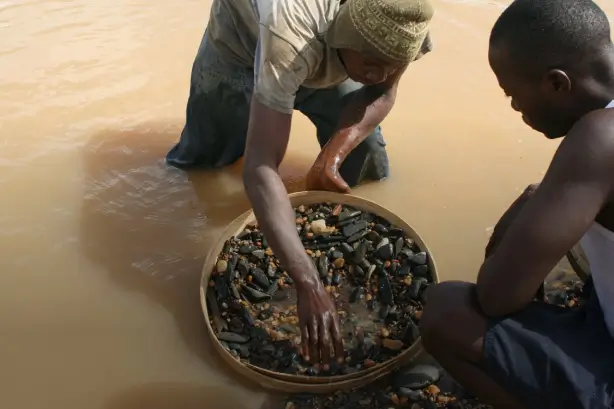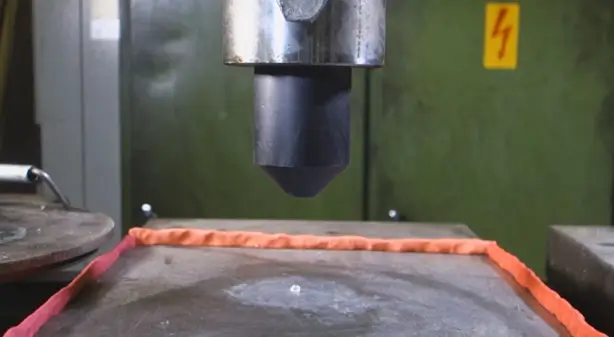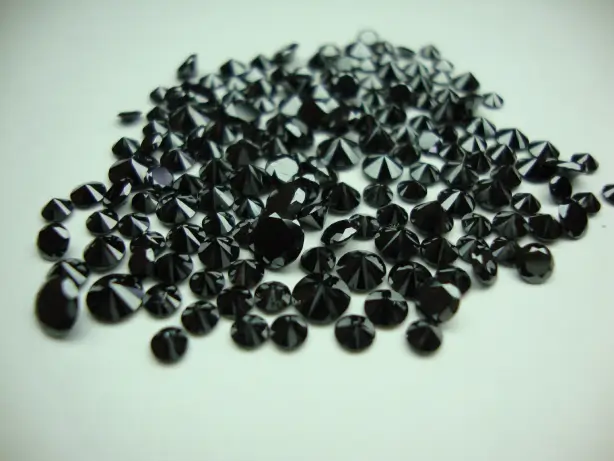Ready to start your journey ?

Respected international diamantaire and industry expert with a deep knowledge of the industry, GIA trained diamond grader, researcher and writer about all things related to diamonds. His work experience stretches over 45 years and covers three countries in Asia. Environmentalist, nature photographer and an ardent proponent of diamonds as a store of emotional and financial value.

With a background in media and communications from the University of Melbourne, Ekta manages the marketing and PR for Facets as well as the DES (Diamond Exchange of Singapore). She is also a freelance event planner and naturally, loves to throw a party. As a foodie and avid coffee drinker, she enjoys spending her weekends trying out Singapore’s newest cafes and restaurants.

A graduate in International Business from North Eastern University in Boston, this esports team owner is also an expert on certified diamonds. Trained at GIA, New York, with a Diploma in Diamonds, he has a fresh and unconventional writing style which resonates with today's Gen Y and Z. Nikhil carries with him 5-years of experience in the diamond business. An hour's consultation with this young man can be an enlightening experience.
Diamond is an allotrope of carbon in its purest crystalline form
The word ‘diamond’ comes from the Greek word ‘adamas’, meaning invincible or unbreakable
A diamond loses up to 50% of its original weight during the cutting and polishing process
‘Cut’ or 'Cut Grade' determines a diamond’s brilliance and sparkle, and is its most important but least understood characteristic
A diamond’s colour distinctions are subtle and invisible to the untrained eye but have a large impact on its price
A natural diamond’s internal blemishes or inclusions are symbols of its age and can be considered tiny time capsules that tell the stories of Earth’s formation
30% to 35% of all natural diamonds exhibit some degree of fluorescence when exposed to UV light
Diamonds are the oldest material you will ever touch. Nothing else comes close!
Diamonds are a symbol of love and life's significant moments
A diamond is the most expensive material (by weight) known to man
The visible value of a diamond is in effect a measure of its brilliance and rarity
Every natural diamond is as unique as a fingerprint
Diamonds are the hardest known natural material and their unique chemical and atomic structure makes them last forever
The term 'carat' derives from the seed of the Carob tree which due to their very uniform weight were used to weigh diamonds
Diamond is the most efficient conductor of heat and a poor conductor of electricity - a unique property not possessed by any other known substance
A diamond's clarity is based on the degree to which inclusions are visible under 10x magnification
Natural black diamonds are considered fancy diamonds and are prized because they are untreated and rare
Diamond crystals are brought up from depths of 150km below the Earth's surface through ancient volcanic activity
-1.webp)
Diamonds are unquestionably the hardest naturally occurring substance known to man and their unique chemical and atomic structure enables them to last forever. Their extreme hardness gives them a characteristic, perpetual lustre appropriately termed 'adamantine'.
Formed under extreme conditions of temperature and pressure as a result of the constant movement and activity of material deep within the Earth, a serendipitous chain of events then transports these diamond bearing fragments contained within this uncommon rock known as Kimberlite, via a funnel of volcanic magma to the surface.

A lot of myth and allure surrounds the true origin of a diamond. Over the years, the industry has come under indirect scrutiny over its practices whilst the media coins phrases such as ‘blood diamonds’ and ‘conflict diamonds’ only compounding the negative notions surrounding the sourcing and production of this timeless gem. Unless you’re directly involved in the trade: mining, manufacturing or wholesaling, the reality of a diamond's arduous journey to the consumer's hand is somewhat of a mystery to most.

The story of a diamond is as transparent as it’s ever been in human history. Ironically, there is still a lot of mystery and allure into what makes a diamond, a diamond, and how we got to where we are today. Furthermore, with the popularity of lab-grown diamonds and diamond simulant alternatives on the rise, it is worth taking a look at how remarkable the history of diamonds truly is.!

Buying a diamond is tricky. Aside from receiving so much misinformation on the internet, many sales people at jewelry stores big and small sometimes fail to build trust and rapport with their customers. It doesn’t help that online sellers also focus on quality through diagrams, math & fancy descriptions. One approach I like to take is controversial, because many people who avoid buying diamonds speak of rarity, or an apparently fabricated notion of scarcity, as a key reason to not buy diamonds.

Diamonds are forever, so putting a diamond under a hydraulic press should be no issue then, should it? After all, diamonds are formed under immense pressures beneath the earths surface. Watch the video below and find out what happens next…

While they don’t sparkle the same way white diamonds do, black diamonds provide stunning contrasts in all kinds of jewelry. Black diamonds can dress up or dress down an outfit and provide an alternative to other gemstones such as black onyx. When paired with white diamonds, black diamonds have an elegance uniquely their own. What most people don’t realize is that these diamonds are not actually black at all.
